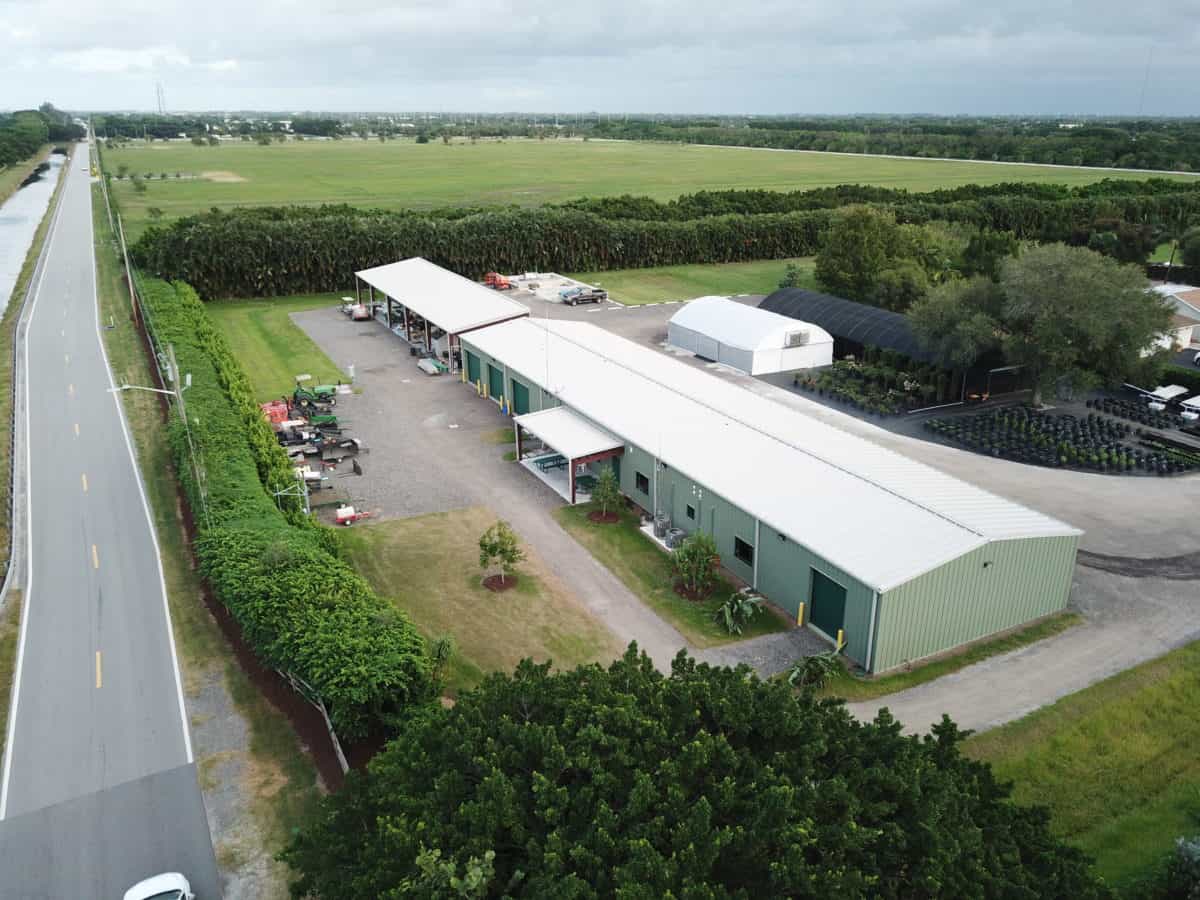
In the world of farming, choosing the right infrastructure can significantly impact productivity and profitability. Recently, the use of prefabricated steel buildings has gained considerable attention among farmers due to their affordability, durability, and versatility. But a lingering question remains – are these steel structures appropriate for all types of farming operations?
Steel structures are renowned for their versatility, making them a sought-after construction choice in various industries, including agriculture.
One of the key advantages of using steel buildings is their architectural flexibility. Steel facilitates the construction of buildings in practically any shape or size, which can be invaluable in farming operations. Whether a farm requires a small storage area or a large indoor facility for housing livestock, steel buildings can be customized to meet these specific needs. Prefabricated or pre-engineered steel structures are designed for easy assembly and modification, which enables adjustments or expansions as farm operations grow.
Unlike traditional wood or brick structures, steel buildings are known for their exceptional durability and strength. They can withstand heavy external pressures from factors such as wind, snow, thunderstorms, or seismic activity, protecting valuable farming equipment and livestock from potential damage. The longevity of steel buildings reduces maintenance expenses and replacement costs, making them a cost-effective solution for farming endeavors.
In crop farming, steel buildings play crucial roles as storage facilities, processing locations, and potentially climate-controlled areas for specialty crops. They can serve as granaries, storing harvested grains in a controlled and protected environment. Additionally, they can accommodate machinery like tractors, harvesters, and plows, shielding them from harsh weather conditions.
Whether raising hens for eggs or broilers for meat, steel buildings function excellently as poultry houses. The option of insulation in these buildings helps control temperature, an important factor for poultry health. With their durability and easy cleanup, steel buildings are advantageous over traditional wooden structures that are susceptible to decay and pest infestations.
In dairy farming, steel structures can serve as modern dairy barns or milking parlors. These structures can be designed to facilitate efficient workflow, with specific areas for milking, feeding, and calf management. Moreover, insulation options can help create a controlled environment, which is essential for the comfort and health of dairy animals.
Steel buildings are becoming increasingly relevant in various livestock farming operations, from housing cattle and pigs to creating indoor riding arenas in equestrian facilities. Offering high durability, easy maintenance, and the ability to withstand harsh environmental conditions, steel buildings ensure the safekeeping of livestock throughout the year.
In aquaculture, steel buildings find utility in housing water tanks, processing facilities, or equipment storage areas. Their resistance to moisture-induced damage makes them an apt choice for such operations where water use is extensive. Whether for fish farming, shellfish cultivation, or aquatic plant farming, steel structures offer suitable and efficient spaces for a variety of activities.
Pre-engineered steel buildings are usually less expensive than traditional buildings when it comes to initial construction costs. Additionally, their durability and resistance to common issues like pest infestations, decay, or fire can significantly reduce maintenance costs in the long run.
Steel buildings require minimal upkeep compared to their wooden or brick counterparts. They do not rot, warp, or succumb to pest infestations, reducing the need for constant repair or replacement. Their surfaces are also easy to clean, which is a significant advantage in farming operations where cleanliness and hygiene are paramount.
Steel is a green choice for building construction. Steel is fully recyclable, and most steel structures are made from a significant proportion of recycled materials. Also, its durability and long lifespan mean less waste and less demand for natural resources over time. Therefore, choosing steel buildings is a step towards promoting sustainability in farming operations.
While steel buildings provide a multitude of benefits in farming operations, they are not without their drawbacks. Understanding these potential limitations allows you to make an informed decision while considering their integration into your farming activities.
Uninsulated steel buildings can be prone to condensation, which could lead to corrosion over time. Additionally, in colder climates, the metal can transfer cold temperatures into the building without proper insulation, potentially putting livestock at risk or making the environment uncomfortable for workers.
While steel buildings are initially more cost-effective, customization costs can escalate quickly, especially for complex structural designs or specialized needs. It’s important to plan for these costs and work closely with the designer or manufacturer to stay within budget.
Steel buildings can be noisier than traditional structures in heavy rain or hailstorms which could disturb livestock or workers. It’s worth noting, however, that proper insulation can help manage noise levels inside the building.
Being mindful of these potential limitations can guide you in making alterations or taking precautions to ensure that a steel building can suit your specific farming operation effectively.
At MBMI Metal Buildings, our engineers will help you overcome all of these limitations, allowing you to make the most of your steel building, whatever your needs may be.
To get started, check out our 3D building designer.